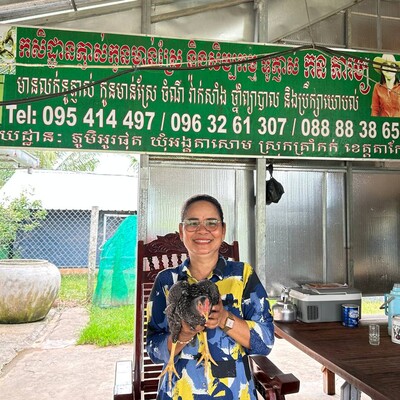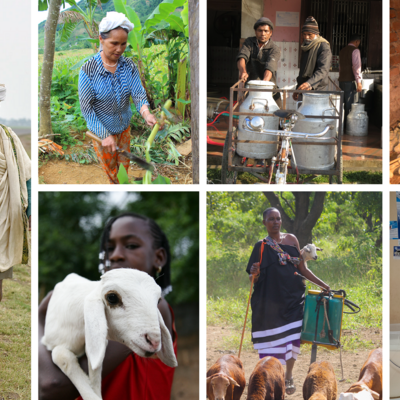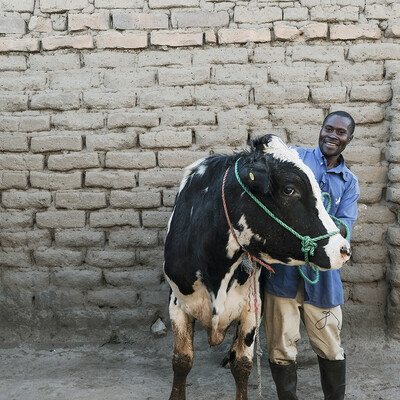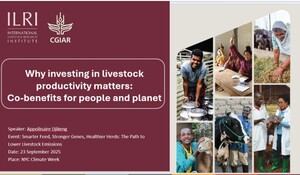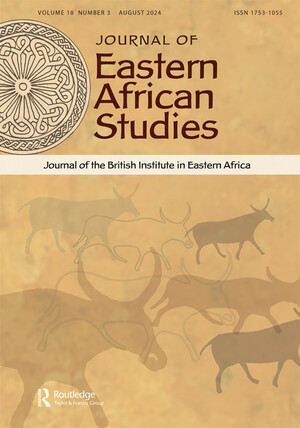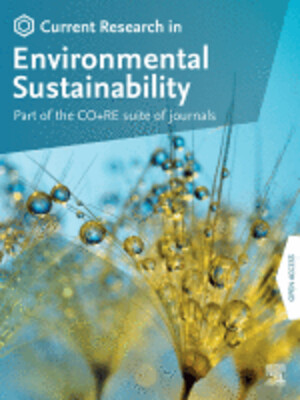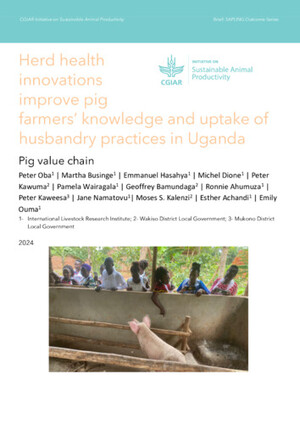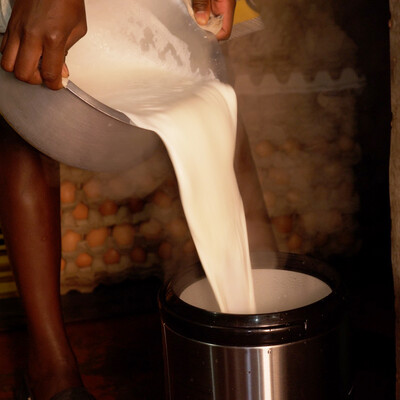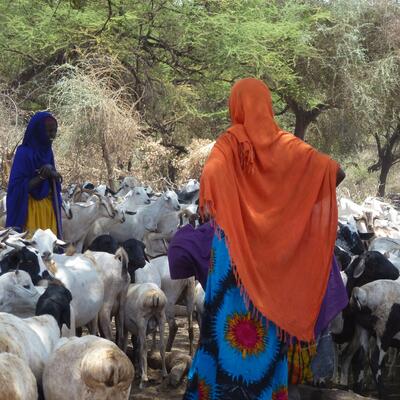
Multisectoral partners come together to deliberate on how to accelerate efforts to reduce malnutrition across Kenya

Images from the 3rd Annual National Agrinutrition Conference held on September 24th -26th 2019, Nairobi, Kenya (photo credit: ILRI/ M. Njiru).
The just-concluded 3rd Agri-nutrition Conference titled ‘Enhancing multisectoral agri-nutrition approaches for improved nutrition outcomes in Kenya’ had multisectoral partners come together to deliberate on how to accelerate efforts to reduce malnutrition. The conference continues to play an important role by providing a platform for sharing and learning practical national- and county-level actions as well as program and policy interventions that have contributed to addressing malnutrition in Kenya.
The conference was hosted by the Ministry of Agriculture, Livestock and Fisheries. The principal secretary, Prof Hamadi Boga, delivered a speech at the official opening emphasizing the importance of agriculture in contributing directly to household incomes and how it plays a significant role on choices of foods eaten.

A farmer demonstrates various ways to prepare drought-tolerant crops to the Accelerated Value Chain Development (AVCD) program’s chief of party, Romano Kiome. AVCD works to promote agri-nutrition sensitisation to our farmers on the importance of dietary diversity. Field visit with AVCD partners in Tharaka Nithi County, Kenya (photo credit: AVCD/M. Njiru).
Food security and nutrition in Kenya
Nutrition is a multisectoral problem that is a key public health issue in Kenya. One in every four children is considered to be chronically malnourished. This manifests in poor growth or development that can be identified in physical attributes in children under the age of five.
Agriculture, a key driver of food and nutrition security, is contributing to addressing the challenge of malnutrition. In the past, Kenya has looked at nutrition as an issue under the Ministry of Health only, but we at the Feed the Future Accelerated Value Chain Development (AVCD) program are now advocating for the ministries of agriculture, water, education, trade and health to come together in a multisectoral way to address the underlying causes of malnutrition which include food security, care practices and health and environment
As a country, we have made great strides in diversifying our crops to improve their availability to Kenyans. However, at a household level, we still need to be intentional about the consumption of diverse diets. In regard to development support, we are now shifting away from focusing only on consumption to concentrating on the quality and availability of the food consumed. In drought-prone areas, access to food, let alone diverse food, is still of great concern. This is where we have the highest levels of acute malnutrition due to unavailability of the right quantity and quality of food as evidenced in the consumption patterns.
Because of this, we are still a very long way off in ensuring food and nutrition security throughout the county.
From the last two conferences, stakeholders have understood the importance of a multisectoral approach in addressing nutrition. This is seen through a shift across the ministries of education, health and agriculture and fisheries which are now speaking in one voice on nutrition challenges. The Ministry of Agriculture and Fisheries is in the process of developing a National Agri-nutrition Implementation Framework which will be customized to the counties to guide Agrinutrition work on the ground. Similarly, the Ministry of Health has developed the Kenya National Nutrition Action Plan which now has a component with a multisectoral approach which includes nutrition-sensitive activities in both education and agriculture. This has influenced a shift at the county level with some counties now developing county-level nutrition action plans.
Improving nutritional status is one of the key objectives of the AVCD program. In supporting increasing inclusive agricultural growth, we promote diverse diets that provide a composite of nutrients as opposed to the traditional three food groups. This helps to address the ‘hidden hunger’ problem, which is caused by lack of micronutrients i.e. vitamins, minerals, which can be achieved through consuming at least five food groups of the recommended ten a day. These include leafy vegetables, animal-sourced foods, root tubers, grains etc. Kenya still has a long way to go in improving the nutritional status of both the rural and urban populations. Collectively we can support the education and application of nutrition sensitization for better lives through better health and better food systems.






